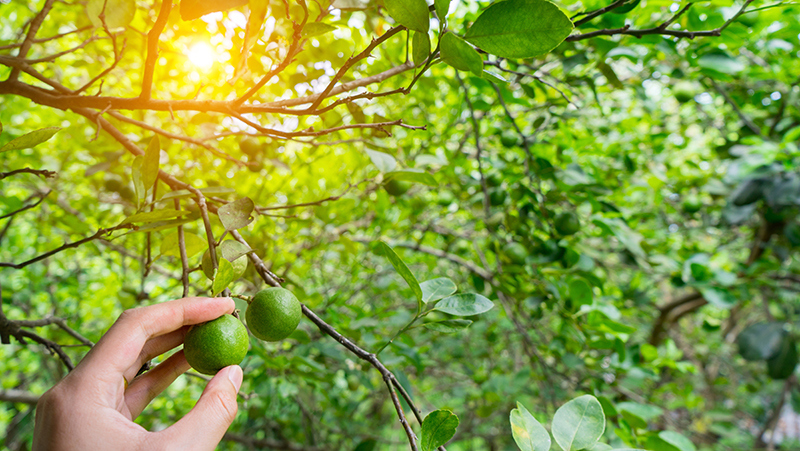Yates Account
Join now
Create a Yates account today!
Sign up to join the Yates Garden Club for monthly e-mails packed with seasonal inspiration, tips for success & exclusive promotions.
Plus if you’re a Garden Club member you can take part in the Yates Growing Community - a blog to share successes, get advice & win prizes in fun challenges along the way!

Forgot password
Enter the email address associated with your account, and we'll email you a new password.

Macadamias can grow into large trees (up to 20m tall and wide, although smaller varieties are available for the home gardener). However, if you’re short on space, look for dwarf forms, which are also self-pollinating and perfect for smaller backyards.
How to grow Macadamias in a garden
- Choose a sunny spot with well drained soil. Enrich the soil with Yates Dynamic Lifter Organic Plant Food and Yates Nature's Way Organic Compost & Soil Improver If the soil is clay based, add gypsum and some composted organic matter and fork in well.
- Dig the planting hole twice as wide and to the same depth as the root-ball. Remove the plant from the container, gently tease the roots out if required.
- Position in hole and backfill with soil, gently firming down. Form a raised doughnut shaped ring of soil around the outer edge of the plant's root zone. This helps keep water where it's needed. Always water in well after planting to settle the soil around the roots and keep the soil moist for several weeks while the new plant establishes.
- Mulch around the base with organic mulch like bark chips, woodchip or pea straw, keeping it away from the trunk. Once you start harvesting, you can reuse the nut husks as a mulch.
- After planting, water in well with Yates Thrive Natural Fish Seaweed+ Plant Food Concentrate.
- Water regularly and deeply during the growing, flowering and fruiting season – usually from spring to autumn. While they are drought tolerant and self reliant once established, trees produce more nuts when they are well-watered.
- Feed your tree at least twice a year, in autumn and spring with Yates Dynamic Lifter Organic Plant Food. For an added nutrient boost, feed fortnightly during the flowering/fruiting season with Yates Fruit and Flower Booster Liquid Potash.
- Collect fallen nuts from February on. The green husk will split open to reveal the nut that can then be cracked and eaten raw, roasted or crushed.

Growing tips
-
When searching for a Macadamia plant, for quicker establishment and heavier bearing trees, choose a grafted variety.
- You can help the plants to make the most of any available water by mulching heavily over the root area with a ten-centimetre-thick layer of organic mulch and by applying a soil wetter.
- The husk is a great mulch for the garden or can be added to your compost heap, while the woody shell can also be used as a fuel or composted down or used in a variety of other applications.
- Macadamia trees are remarkably tolerant trees, but don’t generally like very cold winters. Established trees will tolerate light occasional frosts.
- While most trees are self-pollinating, larger trees will benefit from having a partner tree to assist with pollination and nut development.
- Macadamias are a member of the Proteaceae family. Plants from the Proteaceae family have specialised roots - called proteoid roots - which are highly adapted in taking up phosphorus from the soil. Some fertilisers have high amounts of phosphorus which are too strong these plants causing nutrient toxicity and resulting in plant deterioration or even death. Be sure to use fertilisers which are low in phosphorus, being less than 2-3% total phosphorus. Yates Dynamic Lifter Organic Plant Food, Yates Thrive Natural Fish Seaweed+ Plant Food Concentrate and Yates Fruit and Flower Booster Liquid Potash are ideal examples of low phosphorus fertilisers, suitable for Macadamias.














Share
Share this article on social media